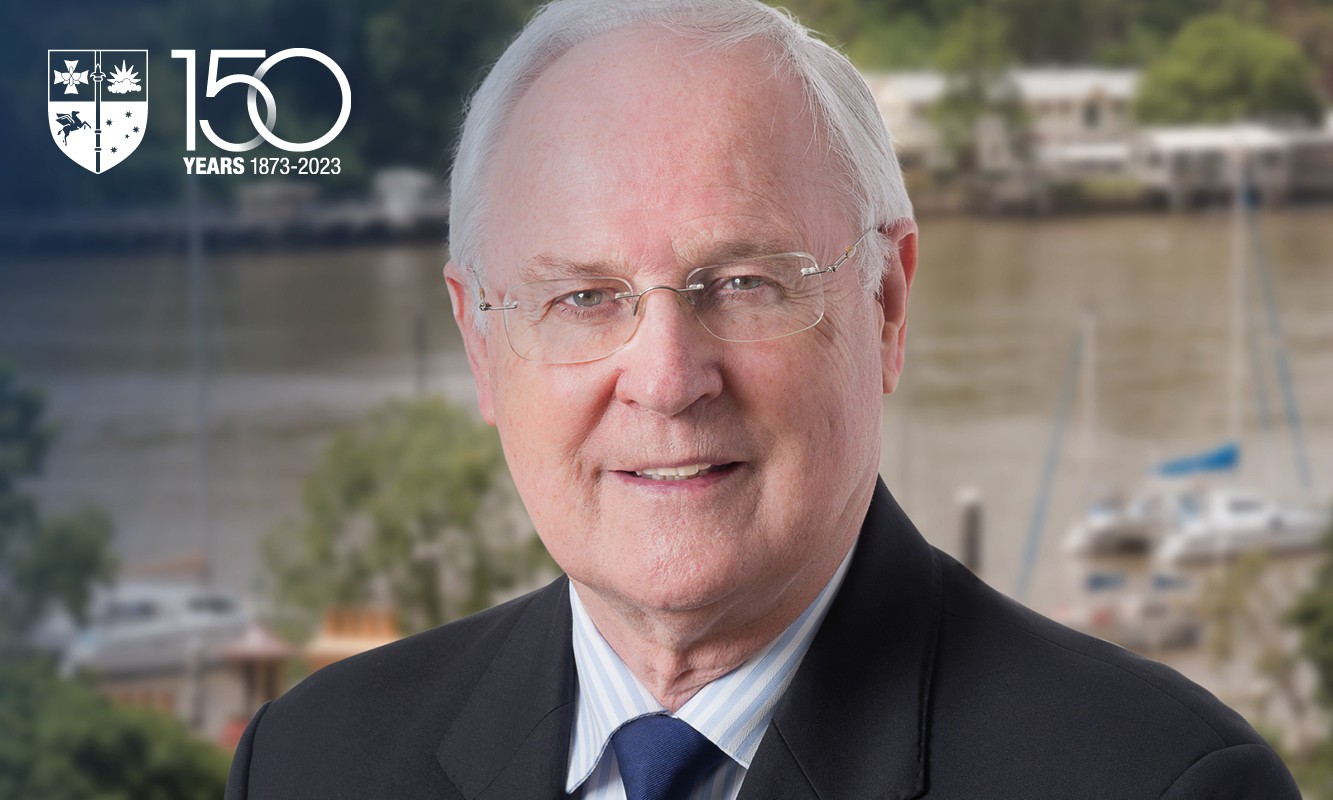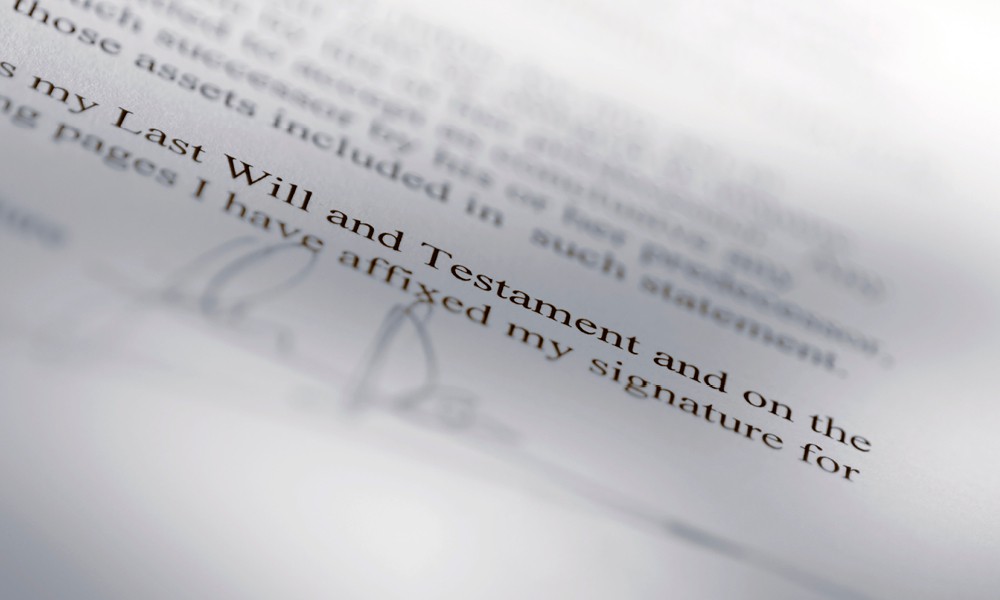Recently I was in Washington DC listening to a discussion on longevity.
The debate was about how we view ageing and the probability that with advances in technology we could comfortably live beyond 100, with some suggesting that living up to 200 years was readily achievable.
To those commentators it was simply a matter of treating ageing as an illness, not an inevitability. That discussion had my mind turning to the practice of organ donation.
At any one time, in Australia, there are about 1400 people on a transplant waiting list. One donor has the potential to prolong up to 10 lives that might otherwise by shortened through illness or disease.1
Typically, clients approach estate planning from the perspective of leaving a lasting financial legacy. But what if there was another form of legacy we could leave? The gift of enhancing, if not prolonging, another’s life through organ/tissue donation?
In Australia, human tissue (which includes organs) donation is governed by a two-tiered legislative process at federal and state level. Federally, the Organ and Tissue Authority (OTA) is established under the Australian Organ And Tissue Donation And Transplantation Authority Act 2008 (Cth). The object of the authority is the formulation of policy and protocol for tissue donation. It also creates standards designed to “support and encourage” their implementation. The National Organ Donor Register was created under this legislation.
However, the Commonwealth does not have the power to regulate the donation and extraction process. That is entirely within the purview of the states and territories, with each having enacted a legislative scheme governing the process.2 Each is similar in effect, but some significant differences are discussed below.
So what parts of the human body can be donated? Any part that fits within the definition3 of tissue.
In Queensland, under the Transplantation and Anatomy Act 1979 (Qld) (TAA), tissue is defined as “an organ, blood or part of a human body or a human fetus; or a substance extracted from an organ, blood or part of a human body or a human fetus”.
“That it will
never come
again is what
makes life
so sweet.”
Emily Dickinson
Note that while the definition of tissue includes blood, blood transfusions are dealt with separately to other tissue under part 2, division 4 of the TAA.4
Further, “regenerative” and “non-regenerative” tissue are distinguished from each other. The former is the tissue that, after injury or removal, is replaced in the body of a living person by natural processes of growth or repair. This article is concerned with the transplantation of non-regenerative tissue on death.
The tissue removed from a deceased person can only be used for:
- transplanting to the body of a living person
- for other therapeutic purposes, or
- for other medical or scientific purposes.
Before any donation can be undertaken, there must first be a deceased body from which the extraction can take place.
So how do we legally define death? How is a person who appears to be alive, but is ‘brain dead’ classified? When can organs be harvested from a brain-dead person? A person is considered to be legally dead when there is an irreversible cessation of circulation of blood in the body of the person or irreversible cessation of all functions of the brain of the person. The determination of brain death must be certified by more than two medical practitioners, one of whom must be a specialist neurologist or neurosurgeon. Each of the medical practitioners must carry out an examination of the donor body prior to such a declaration. Further the declaring medical doctors cannot be the deceased’s attending medical doctor or the designated officer who gives authority for removal or the medical doctor who is proposing to remove an organ from the deceased donor.
Once death is established, who can provide the requisite consent to extract the organ/tissue?
In Queensland, the TAA expressly provides that where a deceased person has executed written consent to the removal, after their death, of tissue from their body for any of the above mentioned purposes and that consent has not been revoked by them, the removal of tissue from their deceased body in accordance with their consent is authorised. However, if the deceased’s death is a reportable death, the coroner’s consent must be obtained before the hospital can proceed.
Note, that in all other jurisdictions, when a person has died in a hospital or whose dead body has been brought into the hospital, a designated officer of the hospital can authorise the removal of organ/tissue from the body if the designated officer can conclude that the potential donor has provided consent in writing to the removal of tissue from that person’s body and that consent has not been revoked. The designated officer can only make such authorisation after making “reasonable inquiries in the circumstances”.
So what happens if the deceased has not provided any signed written consent and there is no known standing objection by the deceased to donation?
Then who can give the consent? In Queensland it is the “senior available next of kin”, who is defined as follows:
- In relation to a deceased child, the first of the following persons who in the following order of priority, is reasonably available
i. the spouse of the child
ii. a parent of the child
iii. a sibling, who has attained the age of 18 years, of the child
iv. a guardian of the child; and - in relation to any other person, the first of the following persons who, in the following order of priority, is reasonably available:
i. the spouse of the person
ii. a child, who has attained the age of 18 years, of the person
iii. a parent of the person
iv. a sibling, who has attained the age of 18 years, of the person.
In Queensland, ‘sibling’ includes biological siblings, adopted siblings, a sibling by surrogacy, stepbrothers and sisters, and anyone who is regarded as sibling under Aboriginal tradition or Island custom or any cultural custom.
In Queensland, ‘spouse’ includes de facto spouse.5
In New South Wales, Queensland, Tasmania, Victoria and Western Australia, the consent is effectively an ‘opt-out’ system. The designated officer of the hospital can authorise retrieval if the senior available next of kin gives consent in writing. In Queensland, if it is impractical for the consent to be given in writing by the senior available next of kin, they may consent orally. The designated officer must record the fact of the giving of consent, noting it in the deceased’s hospital records as soon as practical after oral consent is given. The designated officer must also make reasonable efforts to have the consent confirmed in writing by the senior available next of kin.
In Queensland, if there are more than one senior available next of kin with the same seniority, an objection from any one of them will be sufficient to constitute an objection to removal, despite the intentions of others.
However, in Victoria, when there are more than one senior available next of kin, the consent of the any of them is sufficient, notwithstanding the contrary views of other kin.
In the ACT, Northern Territory and South Australia, it is an opt-in system. There, the designated officer can, in writing, authorise the removal of tissue if after reasonable enquiries neither the deceased nor the senior available next of kin object to the removal of tissue.
If a person who dies within the jurisdiction of Queensland has recorded in their will their intention/consent to tissue removal for transplanting or for therapeutic, medical or scientific purposes, hospitals are automatically authorised to remove tissues from that person for that purpose. In all other jurisdictions, a designated officer of the hospital must make reasonable inquiries and authorise the removal.
If a person is a registered donor on the Australian Organ Donor Register, the medical practitioner must inform the deceased’s family members of the registration. If the deceased’s body is in a hospital, the designated officer will consult the senior available next of kin as to whether the deceased has changed their mind since registering and if there is any change of circumstance that would have caused the deceased to change their mind. If not, then removal of tissue is authorised.
In Queensland, where the deceased does not pass away in a hospital or their body was not taken to a hospital, a senior available next of kin may, in writing, authorise the removal of tissue, but only if there is no known objection either by the deceased or a more senior next of kin. If the deceased has consented by signed writing, removal is automatically authorised, but if the deceased’s death is a reportable death, the coroner’s consent must be obtained.
Under the TAA, it is an offence to provide false or misleading information in relation to the donation of tissue. The maximum penalty is 200 penalty units or two years’ imprisonment. It is also an offence to remove tissue from a deceased person without sufficient authority.
Any unauthorised buying or selling of tissue is prohibited under section 40 and section 42 of the TAA. Any contract to sell human tissue is deemed void. Furthermore, any advertisement related to buying human tissue is prohibited. However, a person who owns a tissue bank is allowed to be reimbursed for their costs in relation to removing, evaluating, processing, storing or distributing donated tissue. Such a person is also allowed to advertise, sell or buy tissue at a cost-recovery amount.
Finally, while consent may be provided, the hospital is not under any duty to collect a person’s tissue. The scheme is designed to be sensitive to all concerned. Identifying or obtaining consent in time can be difficult. If tissue is to be successfully transplanted, harvesting must be conducted within very short time frames after death. Family members dealing with a sudden and traumatic death of a loved one, understandably, are often slow to make decisions about tissue harvesting.
The National Health and Medical Research Council ‘Ethical practice guidelines’ recommend that the request for donation should be abandoned if family members object and that objection is not likely to be resolved quickly, and donation will cause distress to the family members.
In our estate planning practices it is easy to focus on the financial aspects of a person’s estate. Yet I have found that, when asked, many clients have thought about (and often have strong views about) organ donation. Most, though, are unsure how to go about it. Having arranged their estate plan to assure the welfare of their loved ones, it is uplifting to help them make a gift to society generally – the gift of life.
Christine Smyth is a former President of Queensland Law Society, a QLS Accredited Specialist (succession law) – Qld, QLS Senior Counsellor and Consultant at Robbins Watson Solicitors. She is an executive committee
member of the Law Council Australia – Legal Practice Section, Court Appointed Estate Account Assessor,and member of the QLS Specialist Accreditation Board, Proctor Editorial Committee, QLS Succession Law
Committee and STEP. The author thanks Andrew Smyth and Billy Duane for their research assistance in the preparation of this article.
Footnote:
1 transplant.org.au/the-facts/#.
2 They are as follows:
Transplantation and Anatomy Act 1979 (Qld) (TAA).
Transplantation and Anatomy Act 1978 (ACT).
Human Tissue Act 1983 (NSW).
Human Tissue Act 1982 (Vic.).
Human Tissue Act 1985 (Tas.).
Transplantation and Anatomy Act 1979 (NT).
Transplantation and Anatomy Act 1983 (SA).
Human Tissue and Transplant Act 1982 (WA).
3 Definitions provided here are from Queensland
legislation unless otherwise specified.
4 Other state and territory legislation excludes blood
from the definition of tissue.
5 Section 32DA Acts Interpretation Act.
This story was originally published in Proctor April 2020.














Share this article